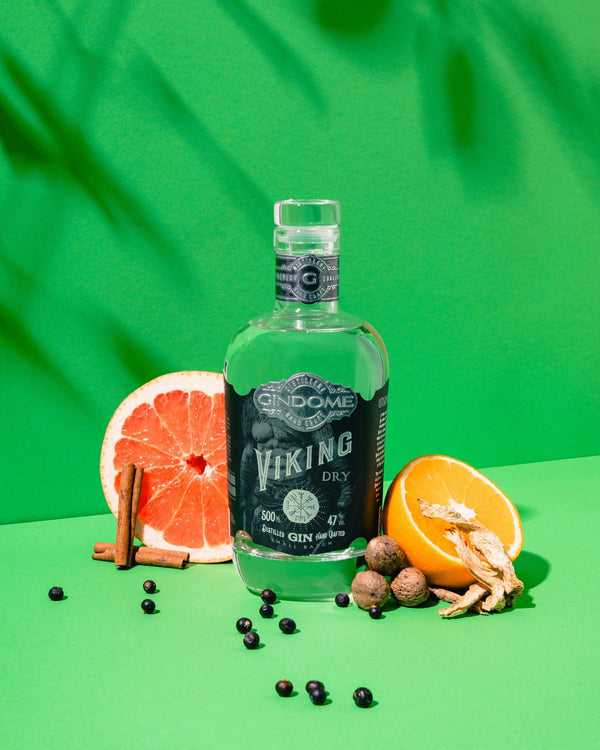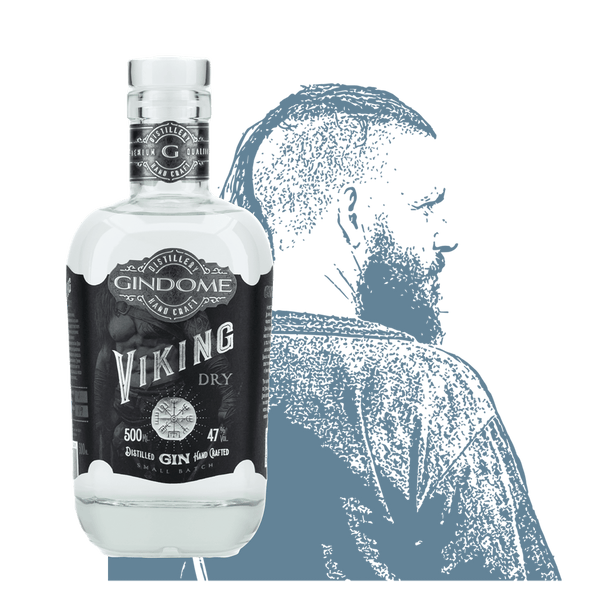Gindome - Viking Dry
Regular price €34,90
Unit price per
About this gin
Viking Dry - 47% Gold award winner from the world largest spirit competition in san Francisco 2022, 2024. And double gold winner 2025. Also gold 2024 and 2025 from World Gin Awards. The modern Viking is an explorer who lives and enjoys the moment they are in. He or she dares to take steps into unknown land but at the same time having time to look and feel the moment.
Story behind
The modern Viking is an explorer who lives and enjoys the moment they are in. He or she dares to take steps into unknown land but at the same time having time to look and feel the moment.
Botanicals
High quality juniper from the juniper island Saaremaa and from Mediterranean, coriander seed, angelica root, orris root, grapefruit, lemon peel, radish and to get a deep and smooth taste a bit of grains of paradise, liquorice root, cinnamon, rowan berries, nickel nutmeg and galanga.


